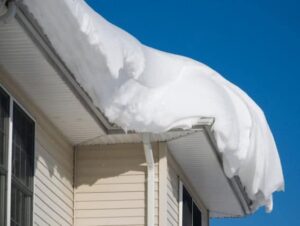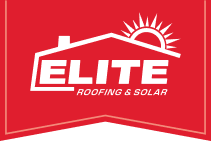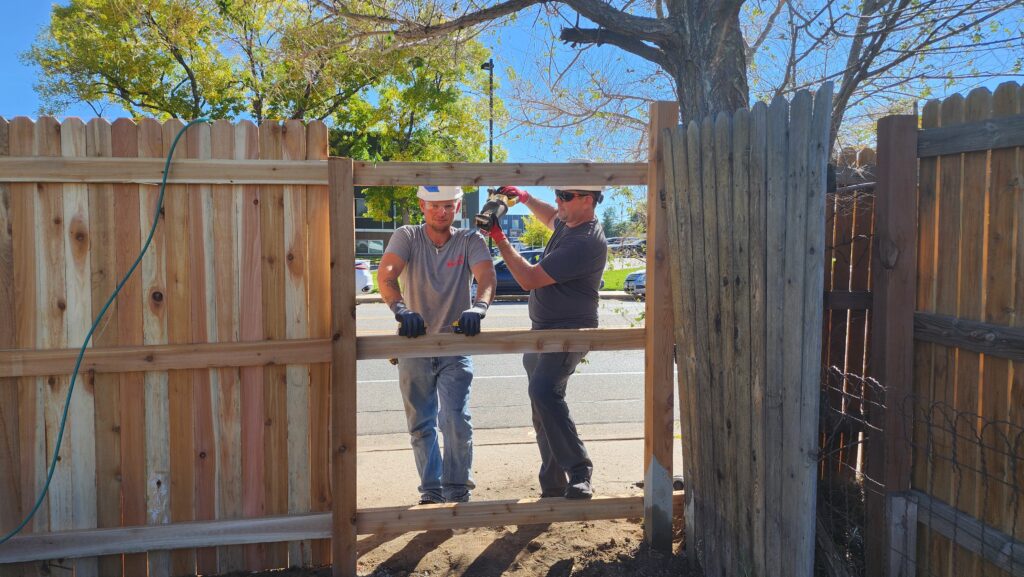How Does The Colorado Climate Impact Roof and Roofing Material Life?
The Colorado climate, including altitude and other conditions, can have a tremendous impact on your roof and the life of the materials used by your roofer.

Roofing in this area is different than roofing at say, sea level. The altitude of a home and even the higher elevations in mountainous areas require special considerations to withstand the climate and the effect altitude has on various roofing elements. Mountain roofs have different structural requirements than city roofs due to the snow load, ice melt and extreme day/night temperatures that cause snow to melt then freeze. In Denver, the altitude is not as high as in the mountains, but that altitude still affects your roof.
1. Sun Exposure
Over time, heat will wear down many materials but those 300 days of sunshine each year in Colorado plus the increased altitude can wear down roofing materials more quickly than the same exposure at a lower altitude.
2. Ice Dam Formation
Typically, ice dam prevention is contemplated in the structural design of your roofing system. Without careful planning the large icicles you see hanging off the eaves and built up in your valleys can cause major damage. Many things can contribute to ice dam formation such as poor roofing ventilation and under insulated attics. Colorado has a reputation for having warm days followed by freezing nights, and this cycle contributes to the size of the ice damn formations.
3. Snow
Ok, ok, we know–this one if fairly obvious. Snow impacts roofs differently based on slope, pitch, ventilation and insulation. These factors all make a difference on how well, and how long your roof can successfully maintain its integrity. A roof that is properly insulated, ventilated and installed with a higher pitch will typically have more durability than a roof with a lower pitch simply because of how much snow is allowed to saturate the roofing materials. In Denver, this is less of an issue than in the mountains–but if the snow accumulation on your roof becomes excessive it is best to have the snow removed. Cave-in warning signs are sagging ceiling joists, major leaks, cracked walls, interior doors sticking or popping open, and loud cracking or popping noises.
4. Altitude
Whether you’re in the mountains or in the city, the altitude affects your roof. In higher altitudes, the solar radiation; air pressure, density and oxygen; temperature and atmospheric water vapor are all factors that contribute to wear and tear on your high altitude roof. Outside of talking to your roofing contractor about the lifespan of your chosen roofing materials and their lifespan in this region, one of the best things you can do to extend the life of your roof in higher altitudes is to ensure you are performing routine roof maintenance, including cleaning your gutters. By performing routine maintenance this will help the performance of your roofing materials and prolong the life and integrity of the roof.
5. Wind
In 2015, some parts of Colorado experienced winds at 100+ miles per hour! While that was on the eastern plains, Denver did experience winds between 60-100 miles per hour in 2015. That kind of force can cause major damage to even the newest roofs with the highest quality installation. After the winds have passed, you or a professional roofer should inspect your roof for missing or lose roofing tiles or roofing shingles, missing or loose ridge caps and vents, asphalt shingle granules in your gutters, and lastly inspect your skylight for cracks.
Did we miss anything? How has Colorado’s climate affected your roof?
How is your roof holding up? We offer free roof inspections and can give you an honest assessment about your roof’s integrity and if a repair is needed. Elite Roofing is a premier roofing contractor in Denver providing both residential roofing and commercial roofing services in the Greater Denver Metro Area, Fort Collins and Colorado Springs.
"*" indicates required fields







